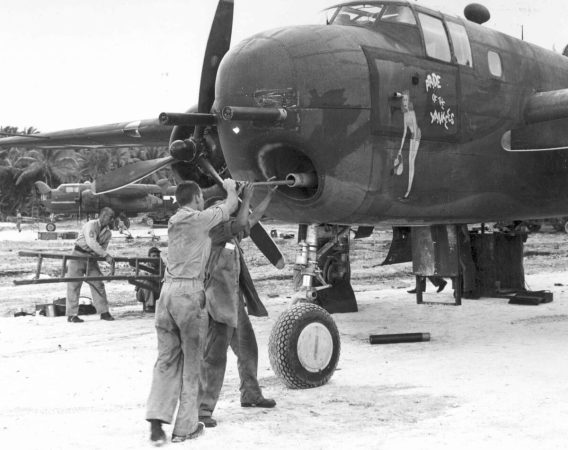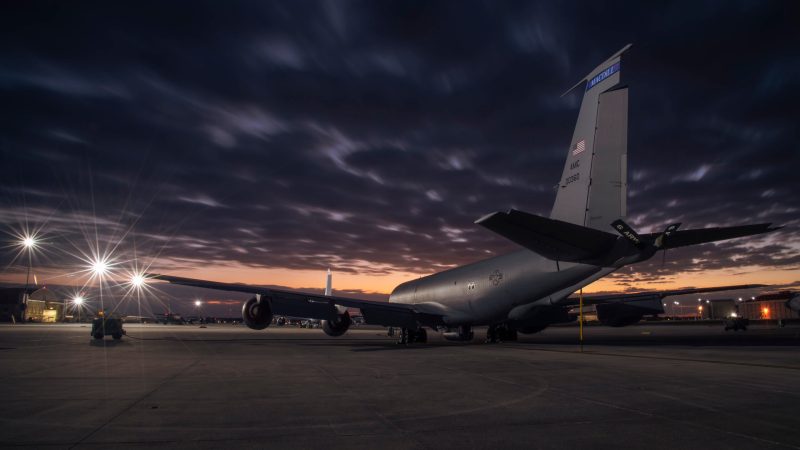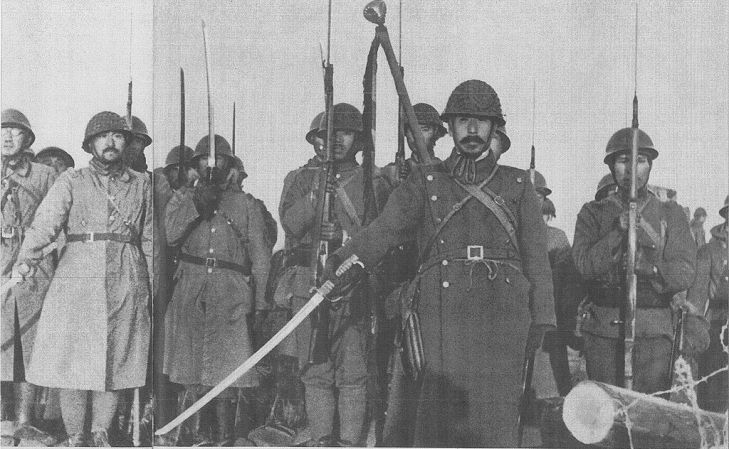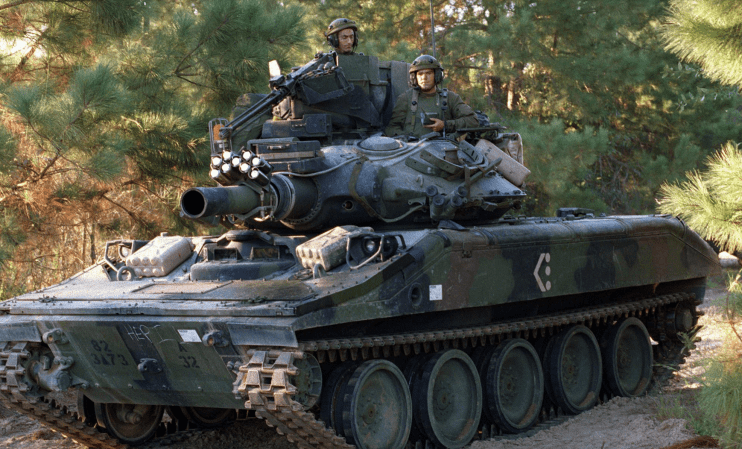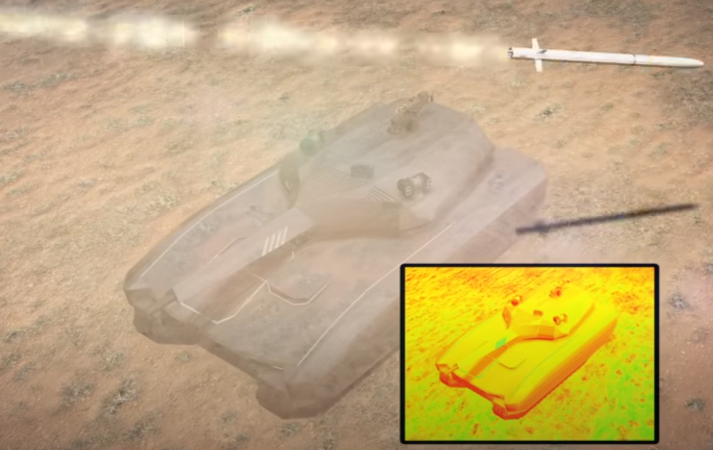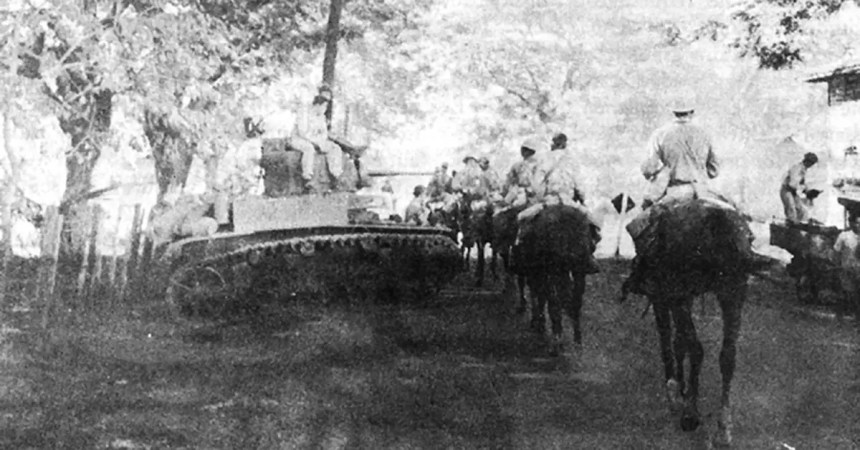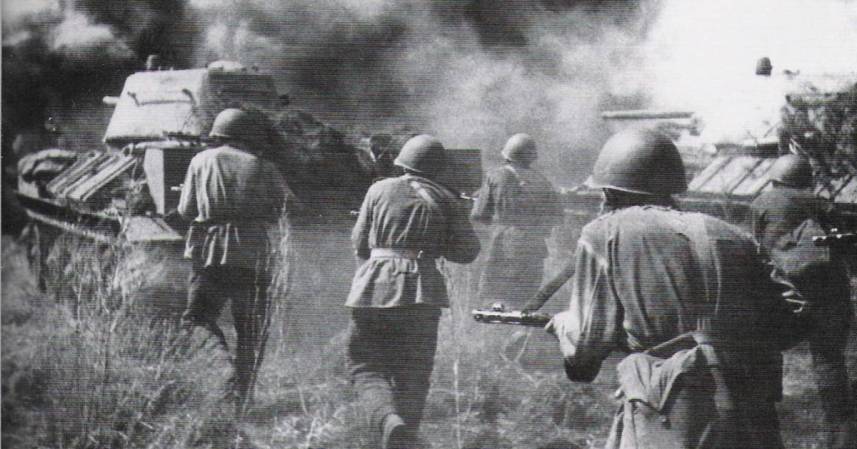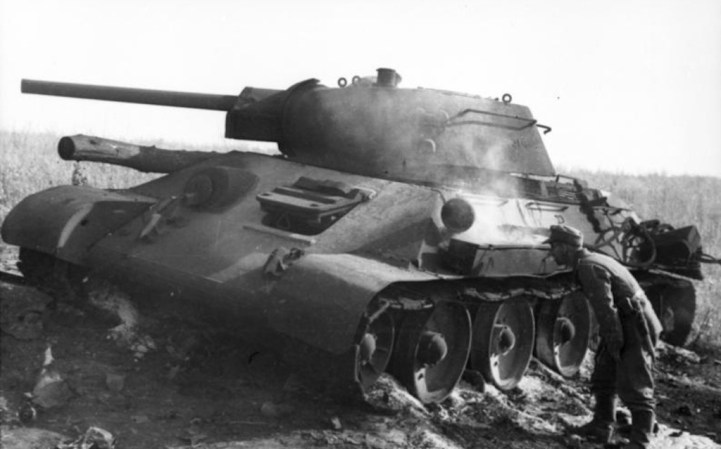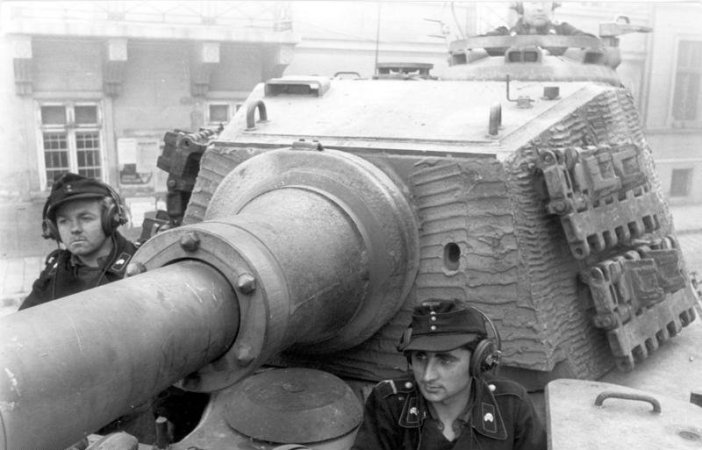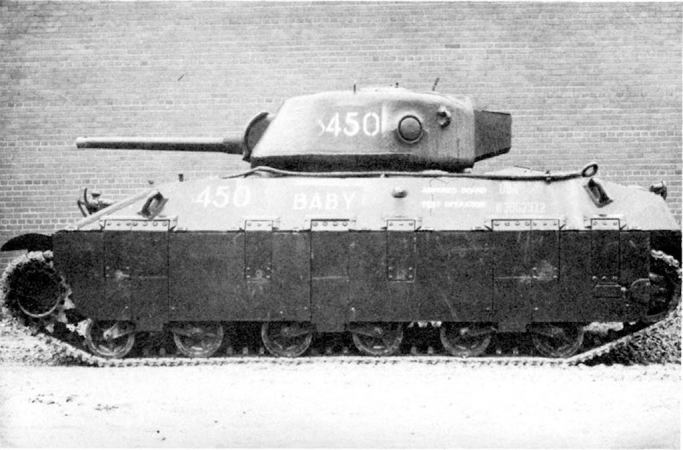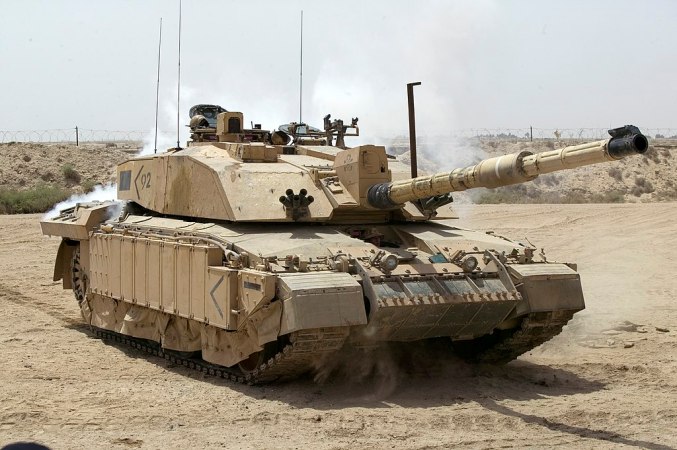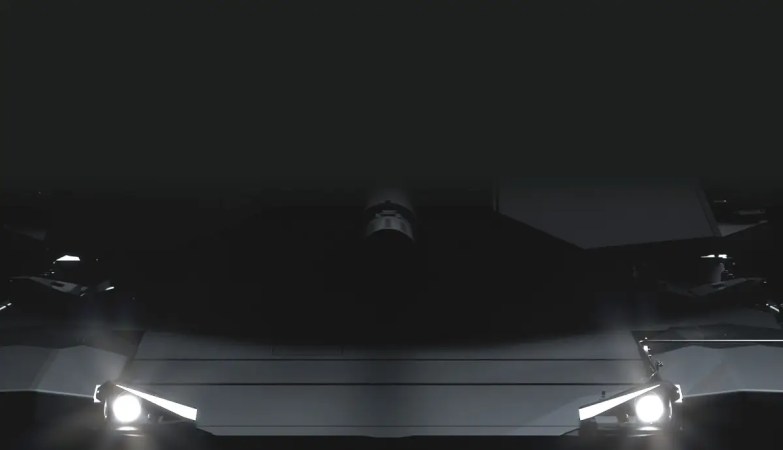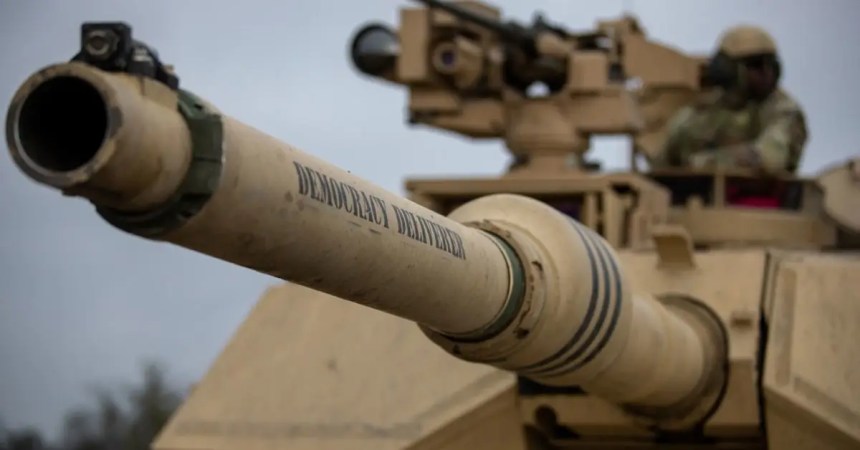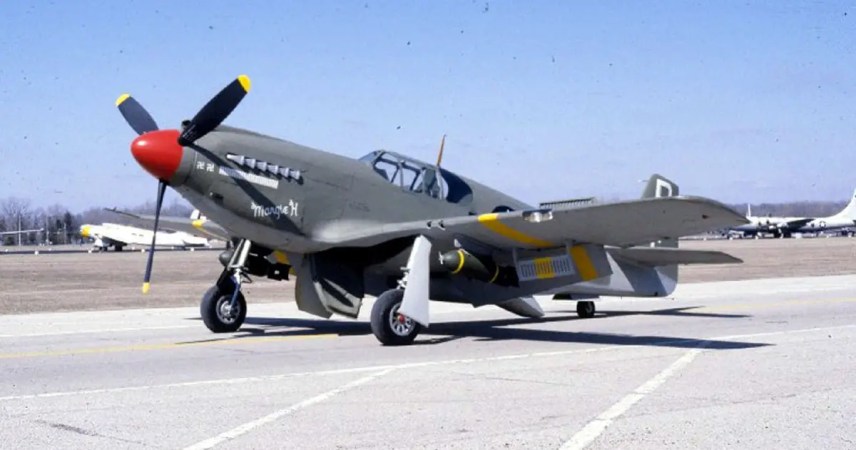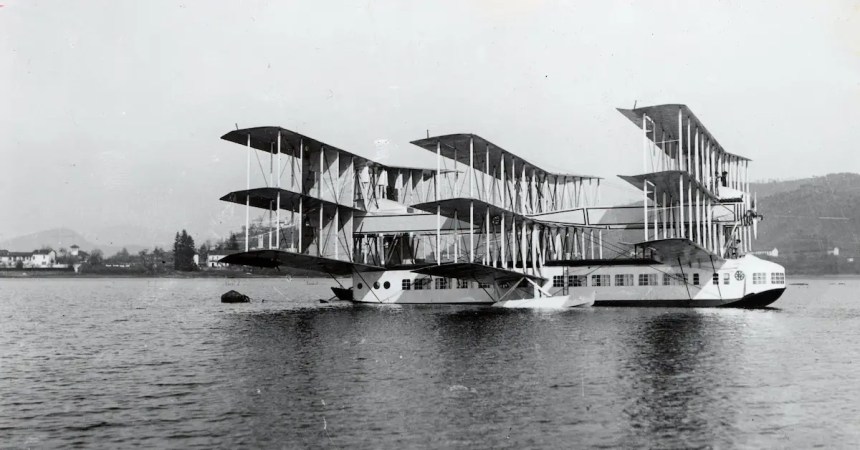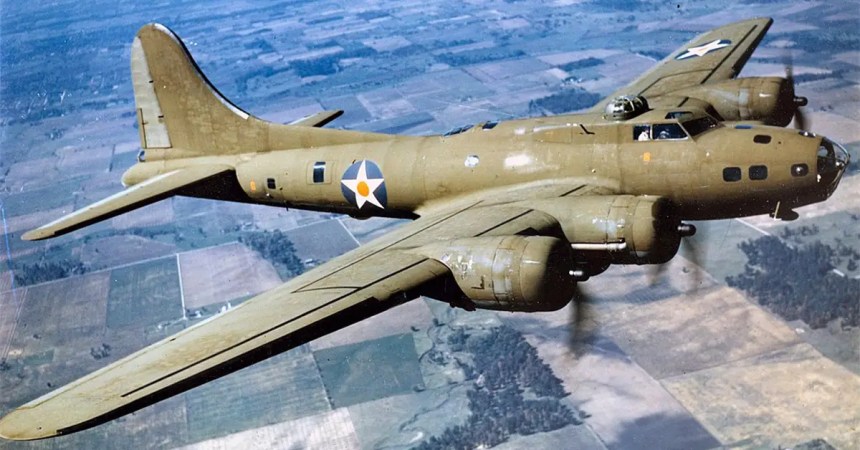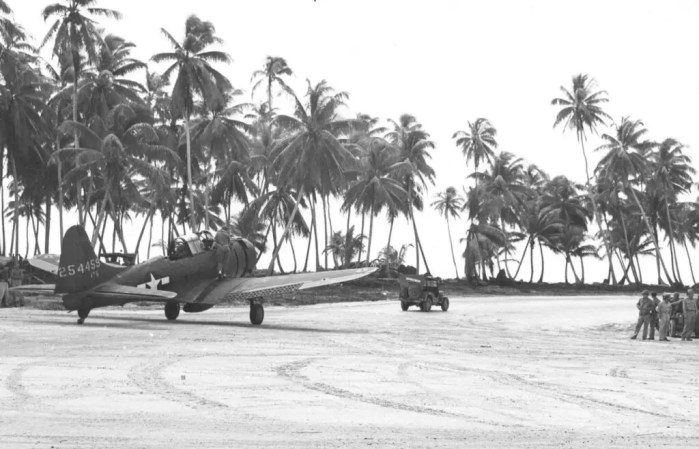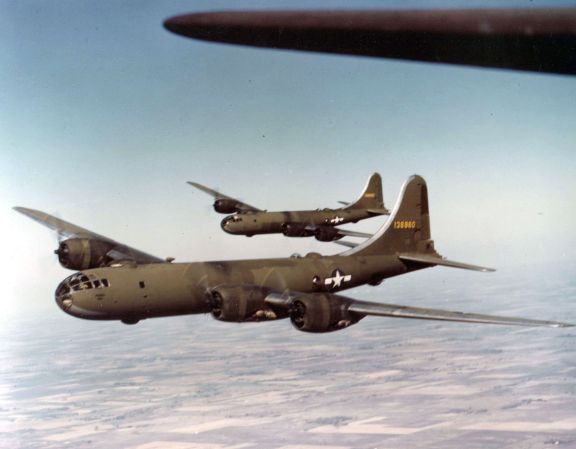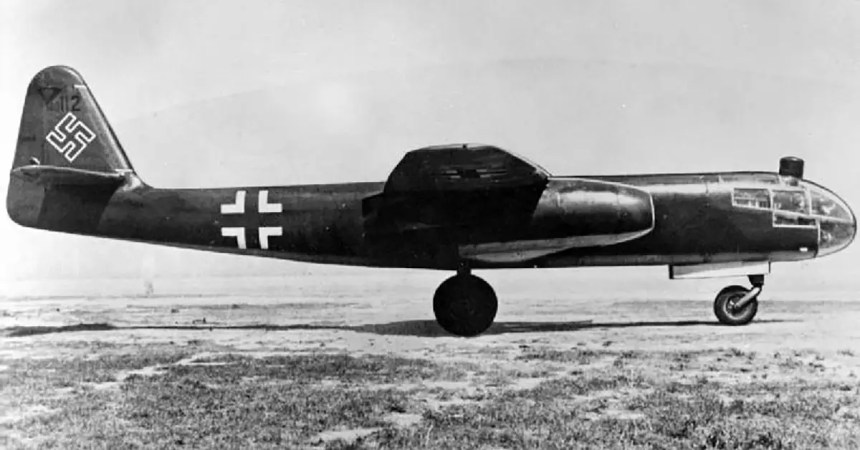During the Cold War, the U.S. Air Force experimented with a seemingly crazy idea for dispersing the weight of their heaviest bomber across the tarmac of airports and bases. They would fit the bombers with tank tread-inspired landing gear.
The B-36 Peacemaker was the largest plane ever built by America. Originally designed before the Pearl Harbor attacks, the B-36 was supposed to be a cross-ocean bomber that could drop 10,000 pounds of ordnance on Berlin or Japan while taking off and landing in the U.S.

When flying shorter routes, the plane could carry as much as 86,000 pounds.
The massive B-36 was slowly developed throughout World War II but was finished too late for the war. The first bomber rolled off the line six days after the Japanese surrender. But the plane’s capabilities, carrying 10,000 pounds of ordnance to targets thousands of miles away, made the plane perfect for a nuclear strike role in the Cold War.
There was one big problem, though. The B-36 was extremely heavy, about 419,000 pounds when fully armed. And all that weight initially sat on two smaller tires in the front and two larger ones under the wings.

The weight on each tire was so great, the Peacemakers risked sinking into the concrete if they were parked for too long on most airstrips.
So the Air Force tried out a novel solution. They installed tank tread landing gear under the nose and both wings of the plane, allowing the weight to be spread over a much larger area.


Initial tests of the system were successful, but the Air Force scrapped it anyway. It focused on improving more airstrips rather than putting the bulky system on production B-36s. It did start buying the planes with four smaller wheels under each wing instead of the single large one, which also helped with the pressure per square inch on airfields.
The weight-to-surface-area problem would come up again with the B-47, the Peacemaker’s successor. B-47s dispersed during the Cuban Missile crisis sunk into the concrete of Logan Airport in Boston, Massachusetts and pilots had to hire a tow truck driver to pull them out of the holes they created.



